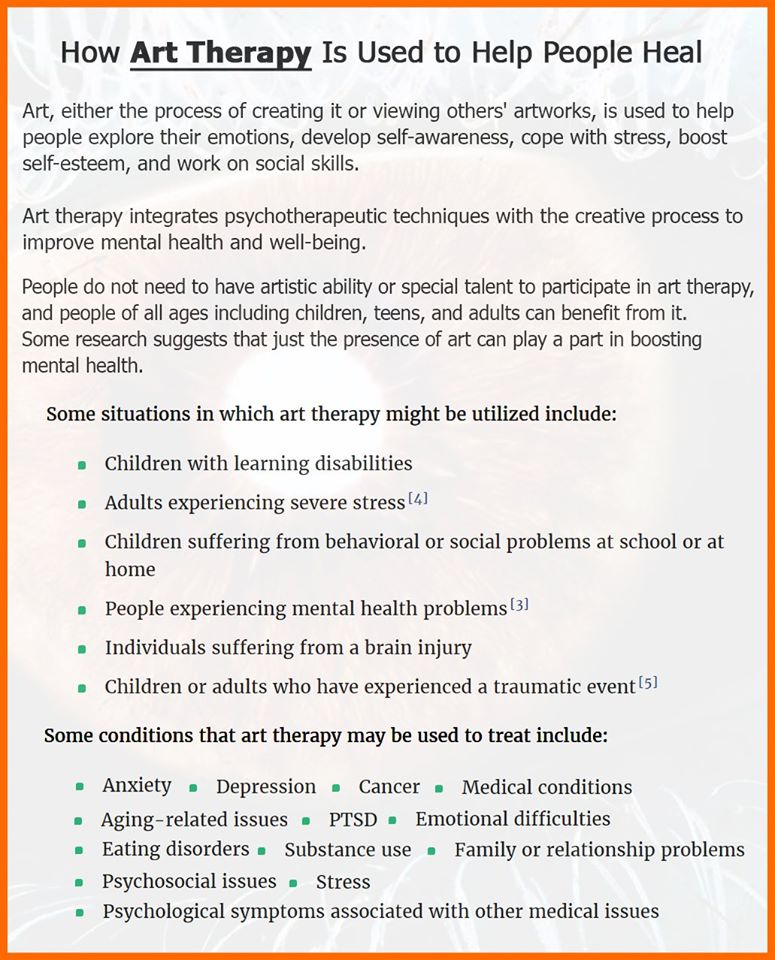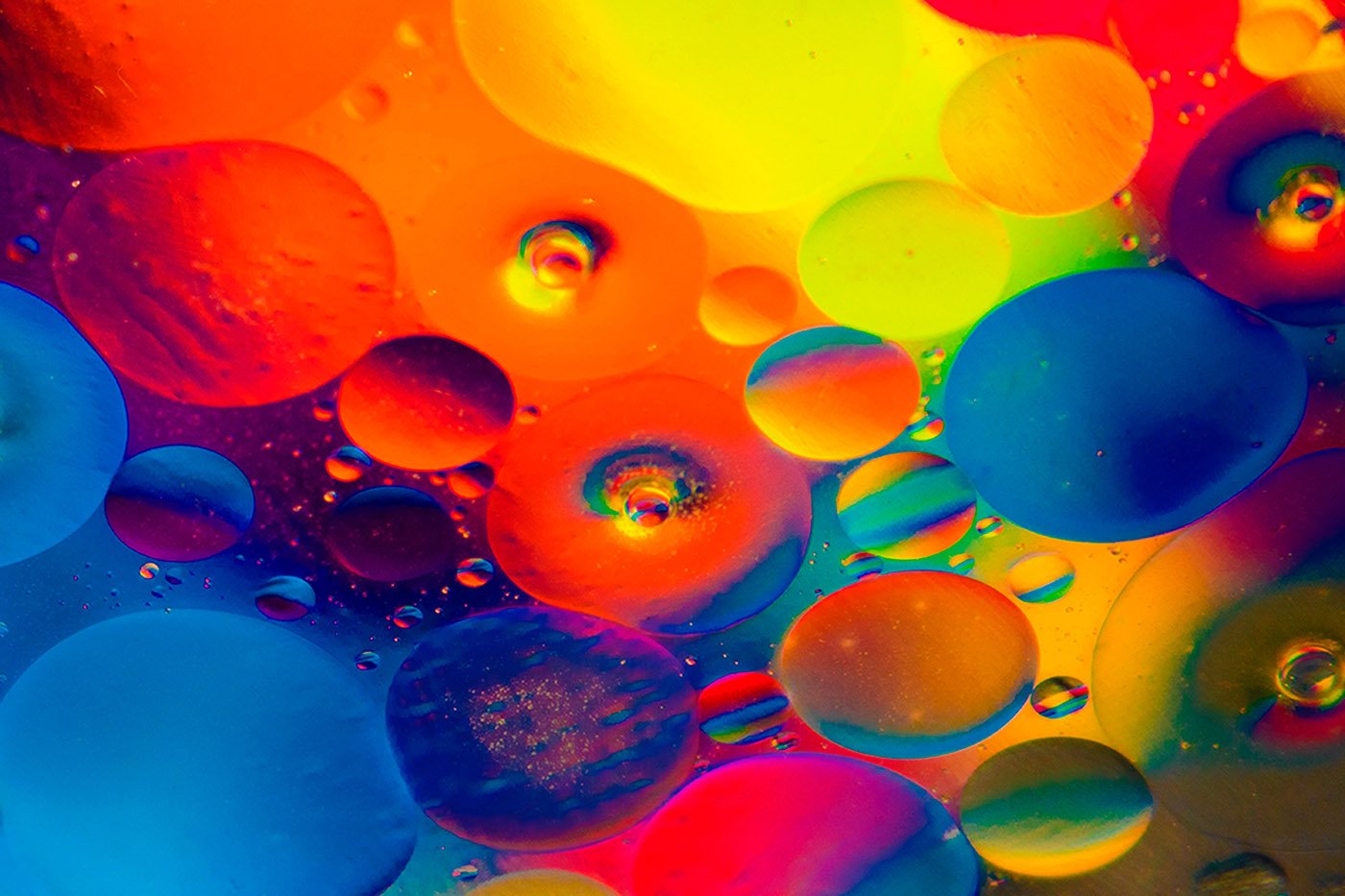In a world that often feels overwhelmed by stress, anxiety, and emotional disconnect, art offers more than beauty it offers healing. Art therapy, a powerful form of psychotherapy, uses the process of creating or engaging with art to support emotional, psychological, and even physical well-being.
Whether you’re painting, drawing, sculpting, or simply viewing artworks, art therapy provides a safe and constructive space to express emotions, develop self-awareness, and build resilience.
What Is Art Therapy?
Art therapy integrates psychotherapeutic techniques with creative expression to help individuals manage a wide range of mental and emotional challenges. It’s not about being a great artist it’s about using art as a tool for reflection, release, and personal growth.
Participants do not need prior artistic experience or skill. Art therapy is accessible to people of all ages children, teenagers, and adults alike.
Who Can Benefit from Art Therapy?
Art therapy can support individuals in various situations, including:
-
Children with learning disabilities
-
Adults experiencing high levels of stress
-
Children facing behavioral or social difficulties at home or school
-
Individuals with mental health conditions
-
People recovering from brain injuries
-
Anyone child or adult who has experienced trauma
Art becomes a bridge between the conscious and unconscious mind, helping people process difficult emotions in ways that talk therapy alone may not.
Conditions Art Therapy Can Help Treat
Art therapy has been successfully used as part of treatment for a variety of conditions, including:
-
Anxiety and depression
-
Cancer and chronic medical conditions
-
Aging-related issues and memory loss
-
Post-Traumatic Stress Disorder (PTSD)
-
Eating disorders
-
Substance use and recovery
-
Emotional and psychosocial difficulties
-
Family and relationship issues
-
Stress and psychological symptoms linked to other medical problems
Even passive interaction with art such as viewing visual works in a guided setting can contribute positively to mental well-being, according to some research.
Why Art Therapy Matters
In a digital age dominated by words, screens, and data, art therapy reminds us that healing can also come from color, form, and the freedom to create without judgment. It’s a holistic, non-invasive approach that values personal expression as a core part of recovery.
As someone deeply engaged in the world of visual expression, I believe that art has the power not only to inspire but to transform. Whether you’re an artist, a parent, a teacher, or someone on a healing journey, art therapy is a reminder that creativity can be a path to connection, clarity, and care.



